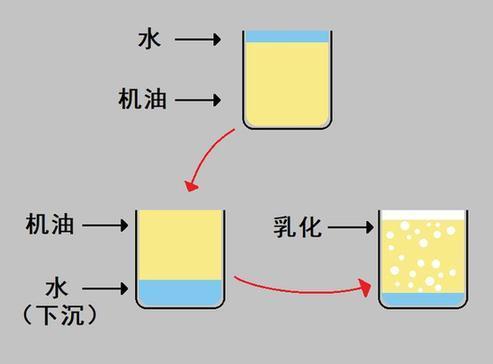吴海磊1,钱吉生1,张纯1,陆永昌2,阮治安1,吕永生1,徐瑞平1
1.南京出入境检验检疫局卫生与食品检验监督处,江苏 南京211106;2.江苏出入境检验检疫局
摘要:目的 建立口岸鼠密度变化的动态模拟径向基函数神经网络模型,分析预测效果。方法监测鼠密度,分析鼠密度与气象因子相关性,运用多元回归方程分析气象因子对鼠密度的影响,建立鼠密度变化的动态模拟径向基函数神经网络模型,分析模型的准确性。结果建立的模型的训练准确率为91.34%,检验准确率为91.17%,测试准确率为89.03%,平均准确率为90.51%。模型认为自变量的重要性排序依次为月均最低气温、月均相对湿度、日照、降水量。结论径向基函数神经网络技术能够较好地应用到鼠密度动态预测工作中,为口岸鼠类防控提供了科学依据。关键词:鼠密度;气象因素;径向基函数神经网络;预测
中图分类号:R311 文献标识码:B
Dynamic prediction of rat density on radialbasis function
neural network at port
WU Hai-hei*, JIAN Ji-sheng, ZHANG Chun, LUYong-cang, YUAN Zhi-an, LV Yong-sheng, XU Rui-ping
*Nanjing Entry-exit Inspection and QuarantineBureau, Nanjing, Jiangsu 211106,China
Abstract: Objective To construct dynamic prediction model of rat density on radialbasis function neural network, and to analyze theeffectiveness of this model. Methods Rat density was monitored,correlation between rat density andmeterorology factors were analyzed,multiple regression equation wasused to study the effect of meterorology factors on rat density,anddynamic prediction model of rat density was constructed by radialbasis function neural network. Results Forthe constructed model, the overall forecasting accurate rate ofthis model for training sample and test sample were 91.34% and91.17%. For another independent sample, overall forecastingaccurate rate was 89.03%, and the average accurate rate forforecasting was 90.51%. Monthly average minimum temperature,monthly average relative humidity, sunshine and amount ofprecipitation were the most important influencing factors of ratdensity. Conclusion Radial basis function neuralnetwork could be applied to forecasting rat density for preventionand control of rats at ports.
Key words: Ratdensity;Meterorology factor;Radial basis function neuralnetwork;Forecasting
《中国国境卫生检疫杂志》6月刊

 您当前位置:
您当前位置:





